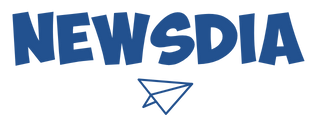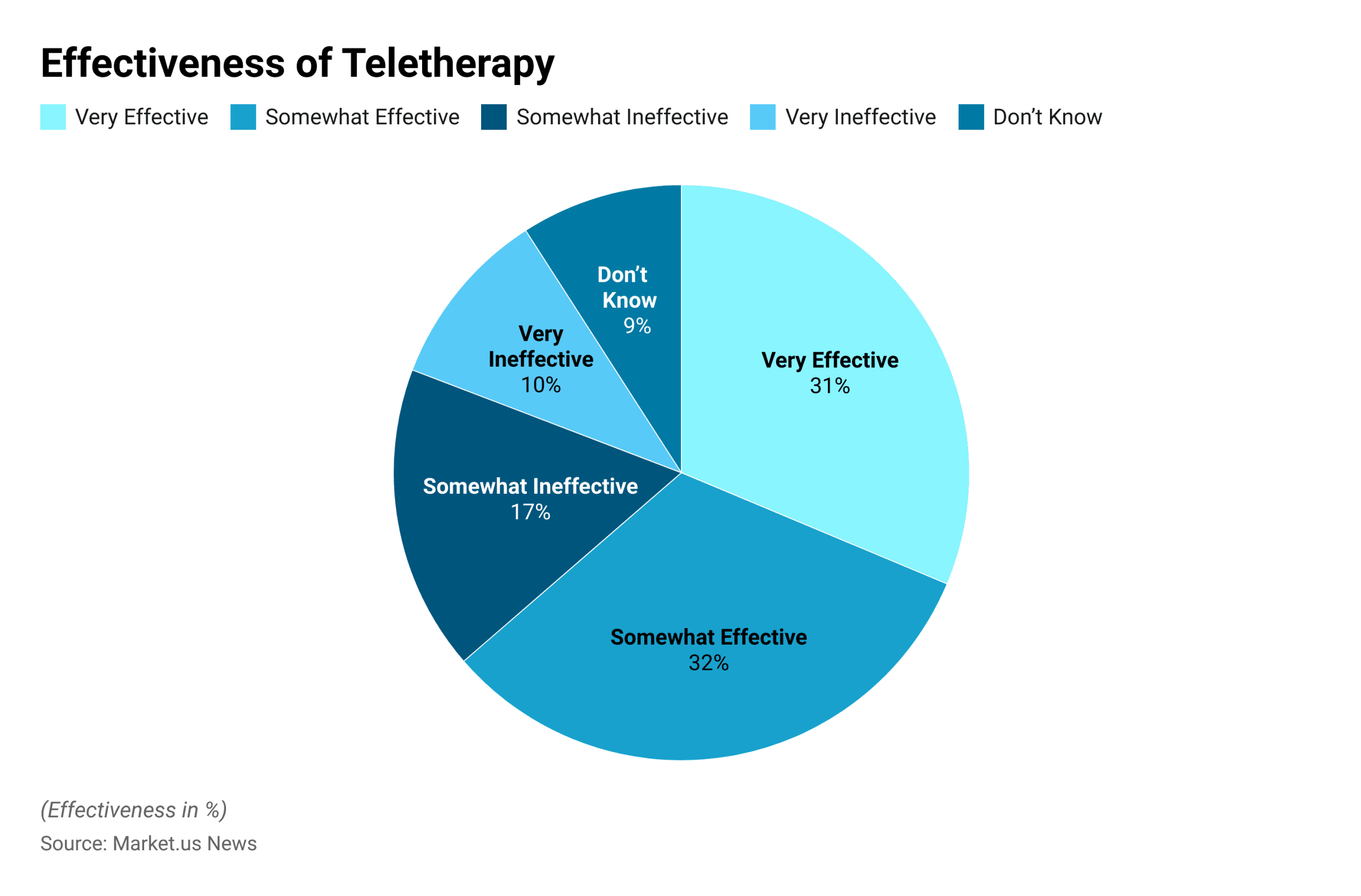Imagine being able to access mental health support from the comfort of your own home. No more commuting, no more waiting rooms, just you and a professional ready to help when you need it most.
This is the promise of mental-health teletherapy, a service that has seen a rapid rise in adoption rates recently. But what does this mean for you? Is it truly effective, and how can it fit into your life? Dive into the world of teletherapy and discover how this innovative approach is not only transforming mental health care but also how it could be the key to unlocking a healthier, happier you.
As you read on, you’ll uncover the reasons behind its growing popularity and why it might just be the perfect solution for your mental health needs.

Rise Of Teletherapy
Teletherapyis growing fast. Many people now use it. It helps with mental health. People can talk to doctors online. This is easy for many. No need to travel far. You can be at home. It saves time. It also saves money. Many feel more comfortable online. They can speak freely. Privacyis important. Teletherapy provides that.
Some people were shy before. Now, more try teletherapy. It is helpful and safe. Doctors are trained well. They know how to help online. Many studies show good results. Teletherapy works for many. More are choosing it daily.
Factors Driving Adoption
New technology helps teletherapy grow. Video calls make therapy easy. People can talk to doctors from home. Internet speed is fast now. This helps video calls work well. Apps help people track their mood. They can share this with their therapist.
Many people now get therapy. Remote areas can access therapists. No need to travel far. Flexible hours help busy people. They can schedule therapy anytime. Even at night. This makes therapy convenient for many.
People talk more about mental health. Less stigma means more people seek help. Teletherapy feels private. People feel safe talking online. Anonymity helps people open up. They feel less judged.
Demographic Trends
People of different ages use teletherapy in different ways. Young adults prefer apps and online chats. They like flexibility and easy access. Older adults often choose video calls. They want a personal touch and face-to-face feeling. Teens use teletherapy too. They like it because it’s private and safe. Teletherapy is growing fast among all ages.
Teletherapy helps people in urban areas. They have more internet access. This makes it easy to reach therapists. Rural areas face challenges. Internet connections are often slow or limited. Yet, people there use teletherapy. They find it helpful to talk to someone far away. Teletherapy bridges the gap between city and country.
Women use teletherapy more than men. They often seek help for stress and anxiety. Men are using teletherapy more now. They find it useful for work stress. Non-binary people also use teletherapy. It’s a safe space to talk. Teletherapy offers privacy and comfort for all genders.
Benefits Of Teletherapy
Teletherapy allows people to have sessions from home. This makes it very convenient. No need to travel or spend time on the road. You can choose the best time for you. This offers great flexibilityfor busy people. It fits into daily life with ease.
Teletherapy often costs less than in-person visits. This makes it more affordablefor many. Patients save money on travel and parking. Some platforms even offer discounts. It’s a good option for saving money.
Many people value their privacy. Teletherapy sessions can be done in a private space. No one will see you going to a clinic. This ensures your mental health care remains private. It’s a safer choice for many.
Challenges Faced
Many people do not have access to good internet. This makes teletherapy hard for them. Old devices may not support video calls. Some people find it hard to use new technology. Tech issues can break the flow of therapy sessions.
Different states have different rules for therapists. Therapists need licenses in each state they work in. This makes it hard for them to offer teletherapy everywhere. Complex regulations can slow down the process. It may limit the number of available therapists.
Building trust is key in therapy. Face-to-face interactions help build this trust. Over video, it can be tough to read body language. Non-verbal cues are important in therapy. Some clients might feel less connected online.

Future Of Teletherapy
Teletherapy and traditional therapy can work together. Blending them makes therapy better. Some people like face-to-face talks. Others prefer online chats. Combining both gives more choices. Hybrid models are becoming popular. They offer flexibility and comfort. Patients can choose what fits best.
New ideas are changing teletherapy. Virtual reality can make sessions more real. Therapists use AI to understand patient feelings. Apps help track mood and progress. These tools make therapy easier. People find help faster. Innovations make therapy more engaging.
Policies guide how teletherapy works. New rules are coming. They make teletherapy safe and fair. Licensing rules might change. Therapists could work across states. This means more access for people. Insurance could cover more sessions. Policies keep up with new tech.

Frequently Asked Questions
What Is Teletherapy Adoption Rate?
Teletherapy adoption rate refers to the percentage of individuals using online therapy services. It indicates how popular teletherapy is compared to traditional in-person therapy. This rate helps understand trends in mental health care accessibility and convenience, especially post-COVID-19.
Why Is Teletherapy Becoming Popular?
Teletherapy is gaining popularity due to its convenience and accessibility. It eliminates geographical barriers, allowing individuals to receive mental health support from anywhere. Additionally, it offers flexible scheduling and privacy, making it appealing to many seeking therapy.
How Does Teletherapy Impact Mental Health Care?
Teletherapy expands access to mental health services, reaching underserved areas. It offers timely support and reduces wait times for appointments. This can improve overall mental health outcomes and provide more consistent care to those in need.
Are Teletherapy Sessions As Effective As In-person?
Studies show teletherapy can be as effective as in-person therapy for many conditions. It offers similar therapeutic benefits and allows for regular, consistent sessions. The effectiveness largely depends on the individual’s comfort and the therapist’s approach.
Conclusion
Teletherapy transforms mental health care. More people are choosing online sessions now. Accessibility and convenience drive this trend. Many feel comfortable in familiar settings. It breaks down geographic barriers. Therapists reach clients anywhere. Costs often lower than traditional therapy. Privacy also attracts users.
Virtual platforms are secure. Teletherapy offers flexible scheduling. Balances personal and work life better. Rapid adoption rates reflect positive feedback. People appreciate the flexibility and ease. The future of mental health care looks bright. Teletherapy continues to grow and evolve.
An accessible choice for many seeking help.
Read More:
- Global Supply‑Chain Disruption Alerts: Navigating the Chaos
- Smart Grid Pilot Program Launches: Revolutionizing Energy Use
- Next‑Gen Renewable Energy Storage Updates: Breaking Innovations
- Us Midterm Election Impact Analysis: Key Takeaways & Trends
- New Data‑Privacy Law Enforcement Cases: Unveiling Insights
- Ethereum Shanghai Upgrade Analysis: Unveiling Key Insights
- German Election Polling Analysis: Insights and Key Trends
- Bitcoin ETF Approval Timeline: Navigating the Future

